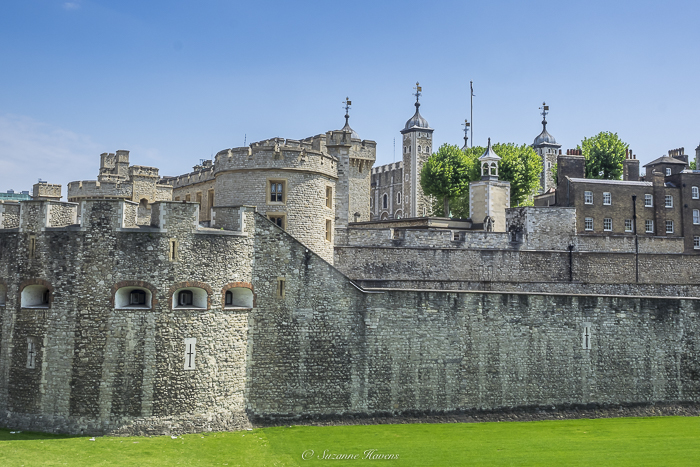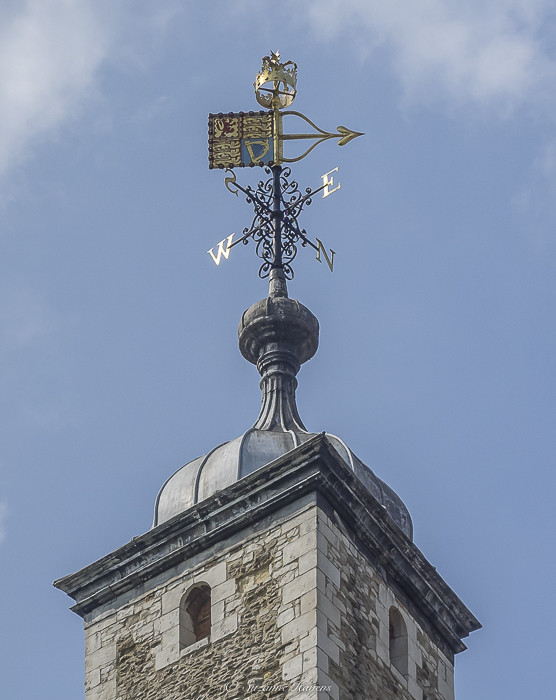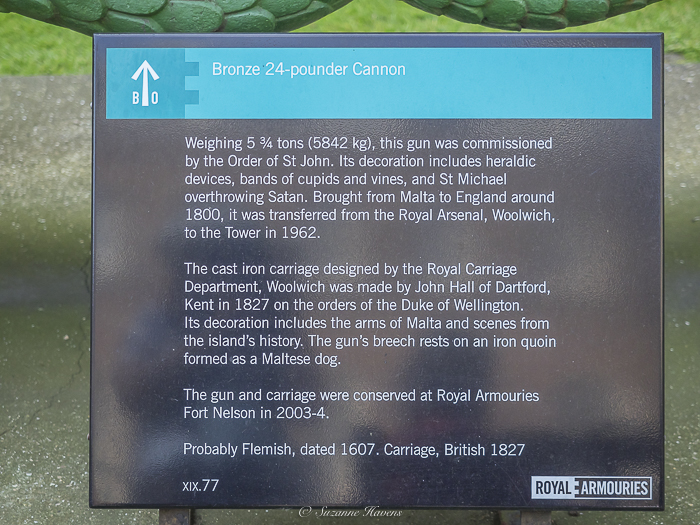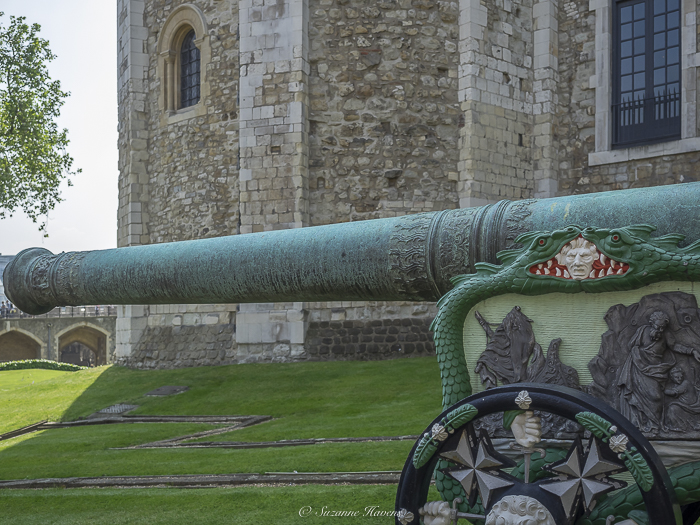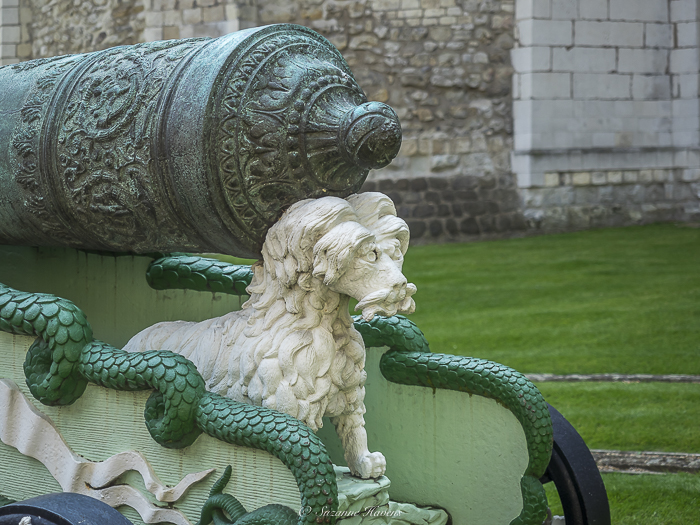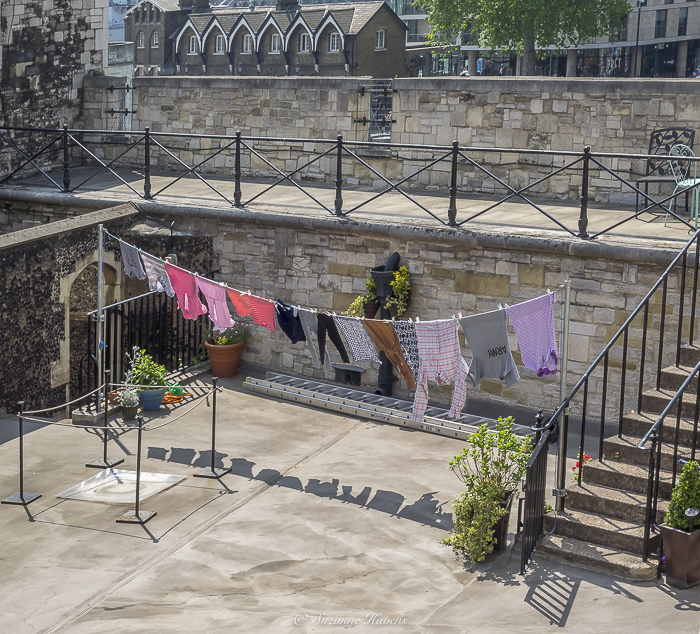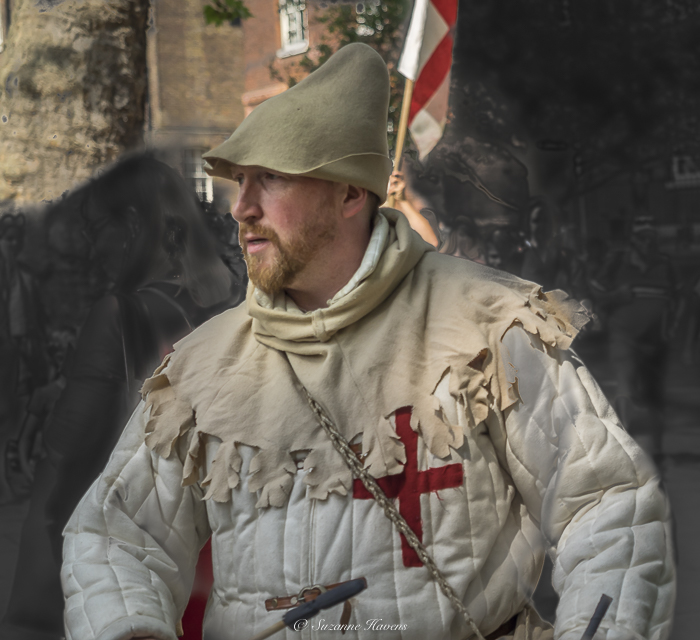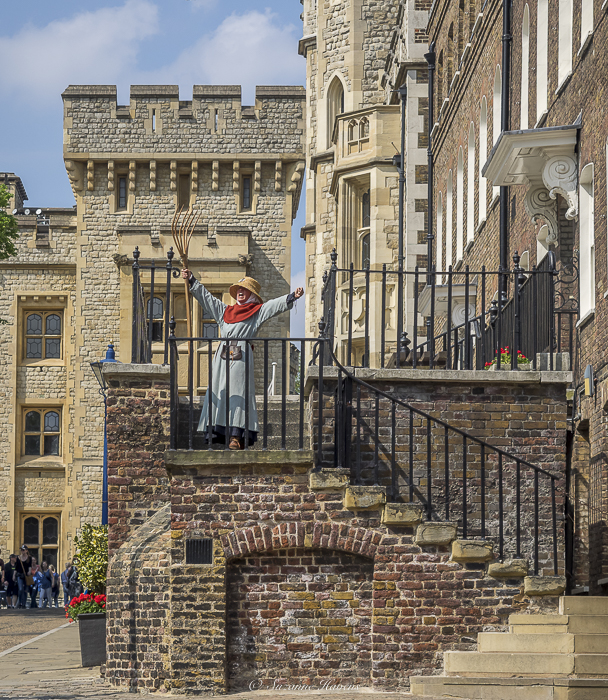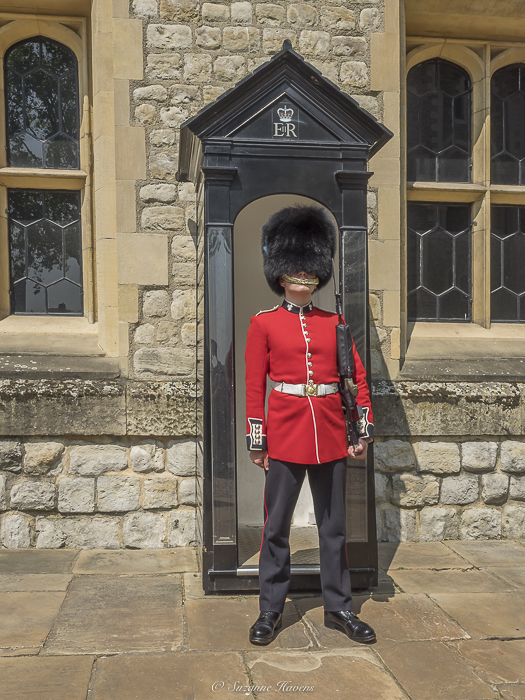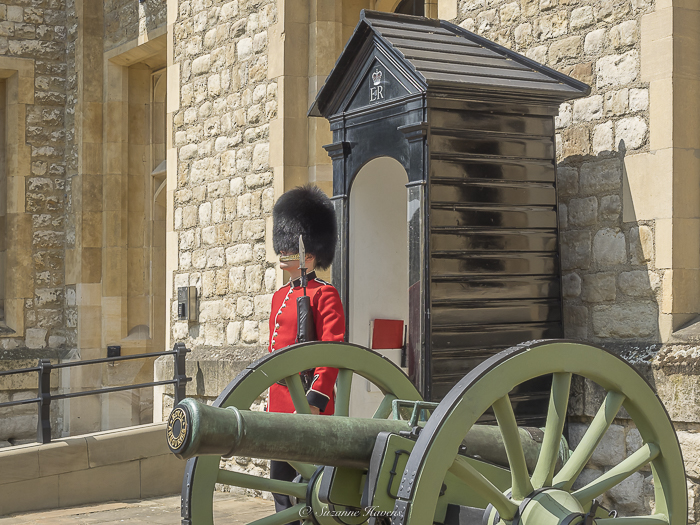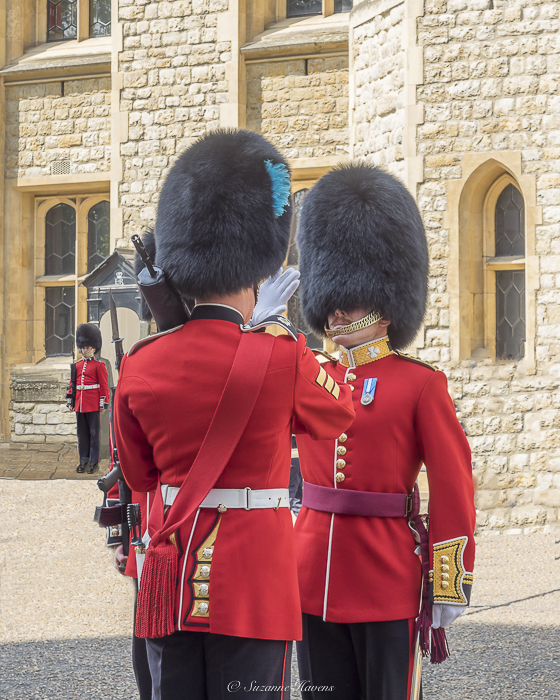The Tower of London “was founded towards the end of 1066 as part of the Norman Conquest of England. The White Tower, which gives the entire castle its name, was built by William the Conqueror in 1078, and was a resented symbol of oppression, inflicted upon London by the new ruling elite. The castle was used as a prison from 1100 (Ranulf Flambard) until 1952 (Kray twins),[2] although that was not its primary purpose. A grand palace early in its history, it served as a royal residence. As a whole, the Tower is a complex of several buildings set within two concentric rings of defensive walls and a moat. There were several phases of expansion, mainly under Kings Richard the Lionheart, Henry III, and Edward I in the 12th and 13th centuries. The general layout established by the late 13th century remains despite later activity on the site.
The Tower of London has played a prominent role in English history. It was besieged several times, and controlling it has been important to controlling the country. The Tower has served variously as an armoury, a treasury, a menagerie, the home of the Royal Mint, a public records office, and the home of the Crown Jewels of England.” en.wikipedia.org
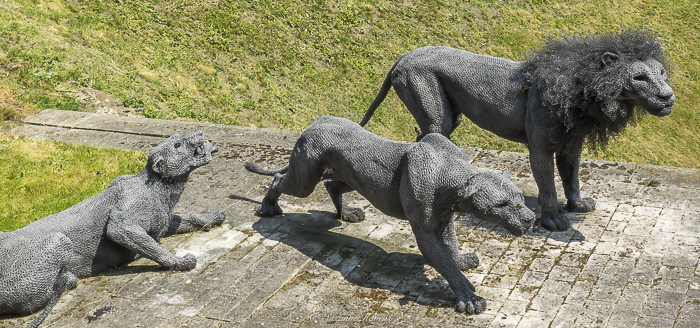
Since 1210 in “the reign of King John animals were kept at the Tower for the entertainment and curiosity of the court. Everything from elephants to tigers, kangaroos and ostriches lived in what was known as the Royal Menagerie.” Historic Royal Palaces hrp.org.uk
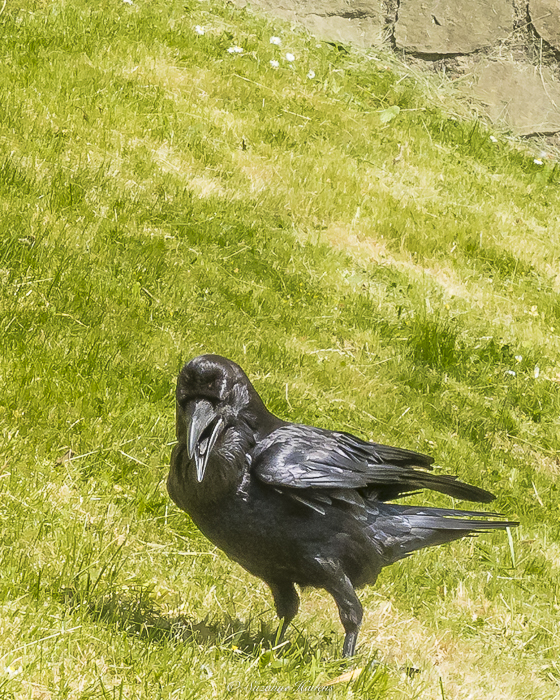
“Legend says that the kingdom and the Tower will fall if the six resident ravens ever leave the fortress. It was Charles II, according to the stories, who first insisted that the ravens of the Tower should be protected.” hrp.org.uk

“Execution inside the Tower, away from the gawping crowds, was a privilege reserved for those of high rank or for those who had dangerously strong popular support. The best-known among those executed on or near the site of the memorial are the three queens of England: Anne Boleyn, second wife of Henry VIII, who was in her early thirties, Catherine Howard, Henry VIII’s fifth wife, barely in her twenties and Lady Jane Grey who was only sixteen.” hrp.org.uk
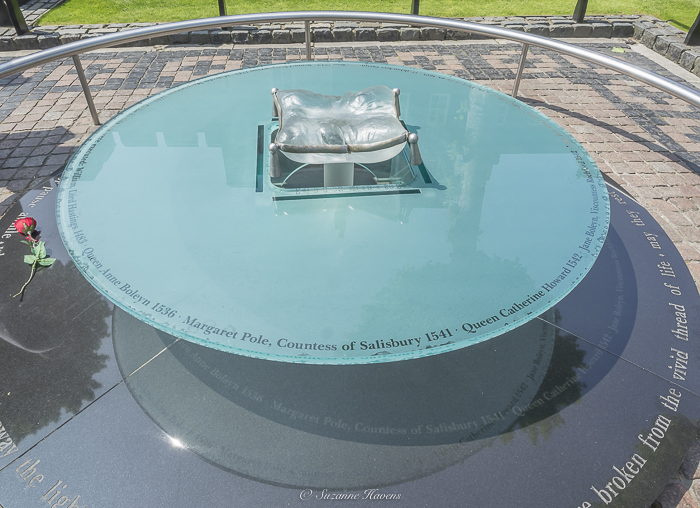
“‘Gentle visitor pause awhile : where you stand death cut away the light of many days : here jewelled names were broken from the vivid thread of life : may they rest in peace while we walk the generations around their strife and courage : under there restless skies’. Brian Catling, creator of the execution site memorial” hrp.org.uk
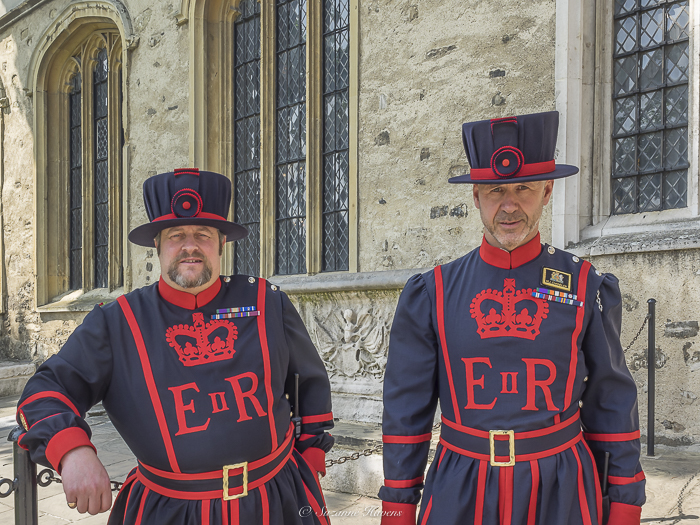
Yeoman Warders, aka “‘Beefeaters’, as they are nicknamed, have long been symbols of London and Britain. It is thought their nickname is derived from their position in the Royal Bodyguard, which permitted them to eat as much beef as they wanted from the king’s table. They are a detachment of the ‘Yeomen of the Guard’, and they’ve formed the Royal Bodyguard since at least 1509.” hrp.org.uk
